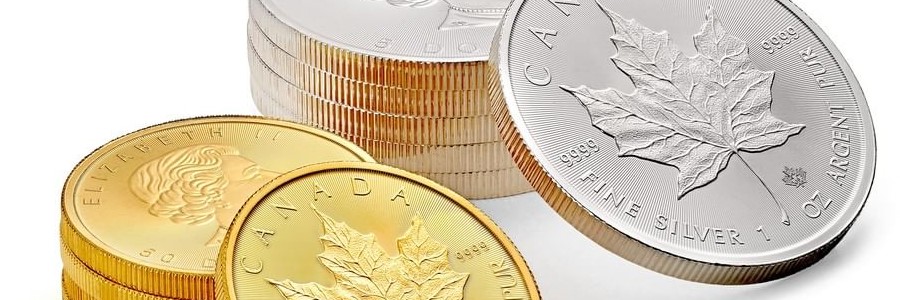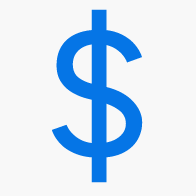
Least Dirty Shirt
As we make our way into the end of the year, I’m always very intrigued to read the market outlooks for the year ahead. It seems to be a time when economists and analysts make grandiose predictions for the twelve-month period yet are challenged with only having the ability to look through a myopic lens. The humour in it is, that it has some extra special significance other than creating a yardstick to compare previous periods’ gains or loses.
In addition to this though, the forecasts and predictions seem quickly forgotten. That said, one area of interest is away from the numbers and instead on the investment themes or undertones to the markets that some of these forecasts elaborate. As an active investor, this is where I often find some value. It can also suggest where the ‘herd mentality’ or most mainstream opinions in the markets are, for what they’re worth.
I was struck by a more prolific perspective though over the past couple weeks from Bridgewater Associates, Ray Dalio. From someone that co-founded the biggest hedge fund in the world, his views on the economy have been rather prescient as he has found an ability to succinctly and logically explain, in his perspective, these uncertain economic times.
Dalio suggests that the economic malaise and slowdown is of greater significance than what happens during a boom and bust cycle, and that is a bigger picture debt crisis. He refers to Monetary Policy 1 through 3 which involves lowering interest rates, to quantitative easing and expanding the central banks’ balance sheets to purchase longer dated debt and securities, and there by eventually monetizing federal deficits by printing money. None of the mentioned ‘solutions’ will actually reverse a slowing economy challenged by debt and underfunded liabilities from healthcare to pensions.
This has also been an angle of skepticism of the economic cycle that saw us escape from the Great Recession. The factors that led to the financial panic such as overextended households and governments carrying too much debt hasn’t seen much if any improvement. For those that continued to warn or speak to this issue, a kicking the can down the road approach from policy makers bought time. None the less, this year has seen reports from financial bodies including the IMF and World Bank that the composition of corporate debt has worsened. Further, the global economy now carries more debt than any point in history, and total debt is growing faster than output. Beyond the question of whether a trend like this is even sustainable is one conclusion from Dalio that it will not ever be paid back.
During the financial crisis, conventional wisdom made it hard to explain why some asset prices went higher in a period of dire outlooks and elevated uncertainty. Investors looked for safety in commodity currencies or US treasuries, despite what many perceived as inflation risk created by quantitative easing (or Dalio’s Monetary Policy 2). My favourite analogy though likened the havens of capital to the least dirty shirt. It wasn’t that the Canadian economy was scot free per se, but what mattered was how it was measured. Coming full circle on Dalio’s view and as he suggests a ‘paradigm shift,’ begs the question, which asset or asset class may be the least dirty?




